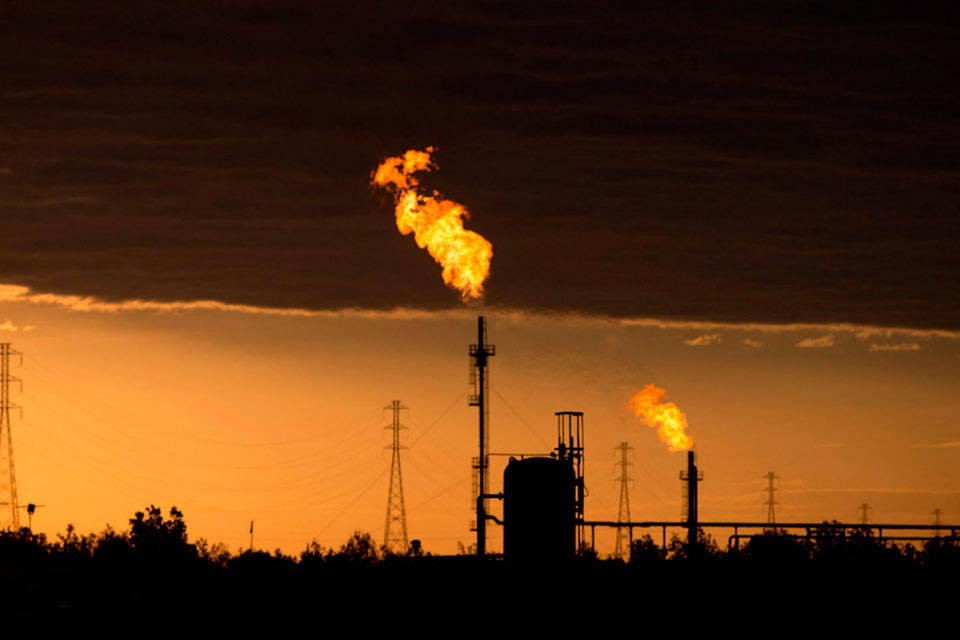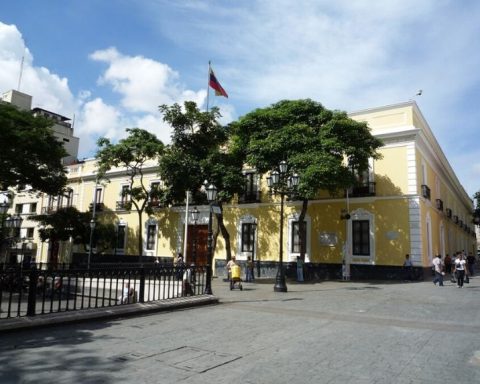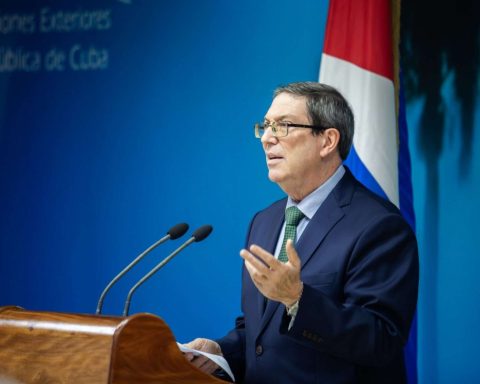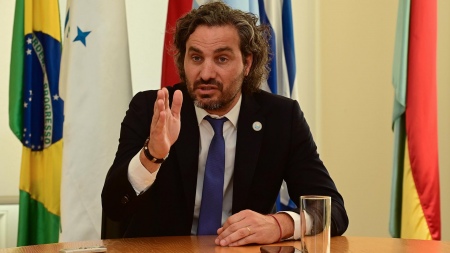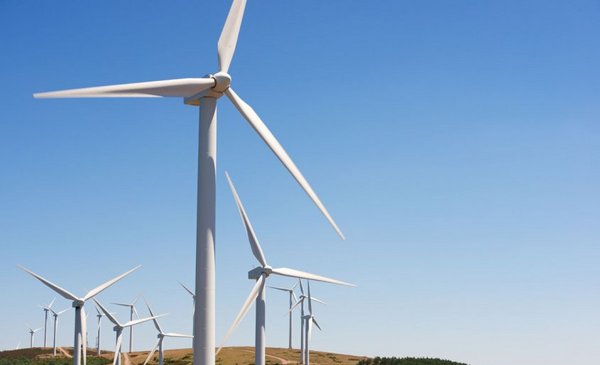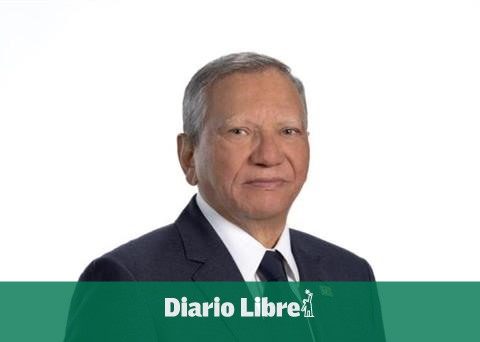The gas thrown into the atmosphere by PDVSA reached a volume of 1,715 MPCD in 2022, equivalent to 56.5% of the associated gas produced in the country, according to calculations by private consultants. They also estimate that the production of this hydrocarbon during the past year was similar to that of 1988.
Venezuela stopped receiving 18.4 million dollars a day for the flaring and venting of gas in 2022. According to calculations by petroleum engineer Nelson Hernández, the gas released into the atmosphere reached a volume of 1,715 million cubic feet per day (MPCD ), equivalent to 56.5% of the associated gas produced in the country.
The country is behind in complying with the actions to honor its commitments to reduce the emissions of the gases responsible for climate change. This is evident in the impressive flames in the Pdvsa flares, through which millions of tons of gas are expelled into the environment each year. Analysts have explained that with the oil planting plan that boosted the production of heavy crude oil in the Orinoco Belt, placed the state company in the first places of the most polluting oil companies in the world.
Hernández explained that for this estimate of the resources that the country loses, the volume of gas released into the environment, which is equivalent to 281,000 barrels of oil per day, was multiplied by the average price of Venezuelan Merey 16 crude of 65.6 dollars a barrel.
“Like injection gas, the infrastructure for managing the produced gas is deteriorated, which leads to the burning of this gas, considering this as an economic and ecological crime,” said the energy expert in a recent report.
Part of the associated gas produced with oil due to technical, economic or regulatory limitations does not achieve proper use, which leads to a routine activity such as its release into the atmosphere or its burning, the latter being the least harmful to the environment, because the emission is CO2 and not CH4 (methane) that arises from the venting. The result of this burning is thousands of gas flares at oil production sites around the world. and to a large extent that observed in the Pdvsa mechurrios in Monagas state.
Hernández recalled that in Vandnezuethe existjoin you noormto (qI don’t know applies) which states that the gas released into the atmosphere should not be more than 2% of the gas produced, so the current percentage of 56.5% far exceeds this provision.
Several years, the Venezuelan hydrocarbons industry It presents a series of operational problems due to the lack of maintenance of its facilities. This situation has caused everything from oil spills on land and sea to the expulsion into the atmosphere of large volumes of polluting gases, that affect the climate, agricultural and fishing areas and even the health of Venezuelans.
*Read also: 2023 has arrived and there are new spills in Lake Maracaibo, denounces Eduardo Klein
1988 production
According to the calculations of the also member of the National Academy of Engineering and Habitat, PDVSA’s gas production in 2022 was 3,715 million cubic feet per day (MPCD), made up of 3,035 MPCD of associated gas (81 .7%) and 680 MPCD (18.3%) of non-associated gas.
“It is noteworthy that the gas production of 2022 is the same as that of 1988. On the other hand, the historical maximum of gas production was reached in 2016 with 7,926 MPCD. As of that year, it fell to current levels as a result of the decrease in oil production. Regarding the production of non-associated gas, its historical maximum is 680 MPCD, reached in 2022. The largest volume was contributed by the Cardón IV field (Perla) with 495 MPCD, and the rest for onshore licenses to produce non-associated gas. associate,” the report stated.
Of the total gas production in 2022, the state oil industry itself took 69.3% (2,575 MPCD). While the percentage distribution with respect to the volume produced was: 1.07% transformed into liquefied natural gas (for cylinders), 2.01% losses in operations, 16.3% used as operational fuel, 3.7% in injection of gas for secondary recovery purposes and 46.2% was released into the atmosphere via burning.
«The injection gas and the gas released into the atmosphere deserve special comment. Gas injection is vital to extend the productive life of a hydrocarbon reservoir. This injection has declined as a result of unavailability of infrastructure to carry it out and the application of managerial malpractice. The volume injected in 2022 corresponds to 4.1% of the historical maximum of 3,382 MPCD that occurred in 2014”, highlighted Hernández.
*Read also: Pdvsa runs the risk of being penalized for its high emission of polluting gases
internally
Regarding the domestic market, the country consumed 30.7% (1,140 MPCD) of the total produced in 2022. According to Hernández, this volume is similar to that consumed in 1983. The percentage distribution with respect to the total produced is as follows: 11.9% in the electrical sector (thermoelectricity), 7.9% in petrochemicals, 2.9% in steel and aluminum, 1.6% in the cement industry, 3.5% in the domestic sector and 2.9% in the manufacturing industry.
Consumption in the domestic market shows a drop from 2017 of 763 MPCD with respect to consumption in 2022, as a result of the Venezuelan economic recession, the document highlighted.
“The availability of gas is vital for the recovery and economic expansion of the country. It is necessary to increase oil production, via gas injection. Due to its versatility and transversal application in processes, gas is key in the goods and services production sectors. The elimination of gas flaring is a priority, especially in the eastern part of the country,” said Hernández.
*Read also: Private companies comply with PDVSA’s forgotten plan: bring gas directly to homes (I)
Post Views: 13
